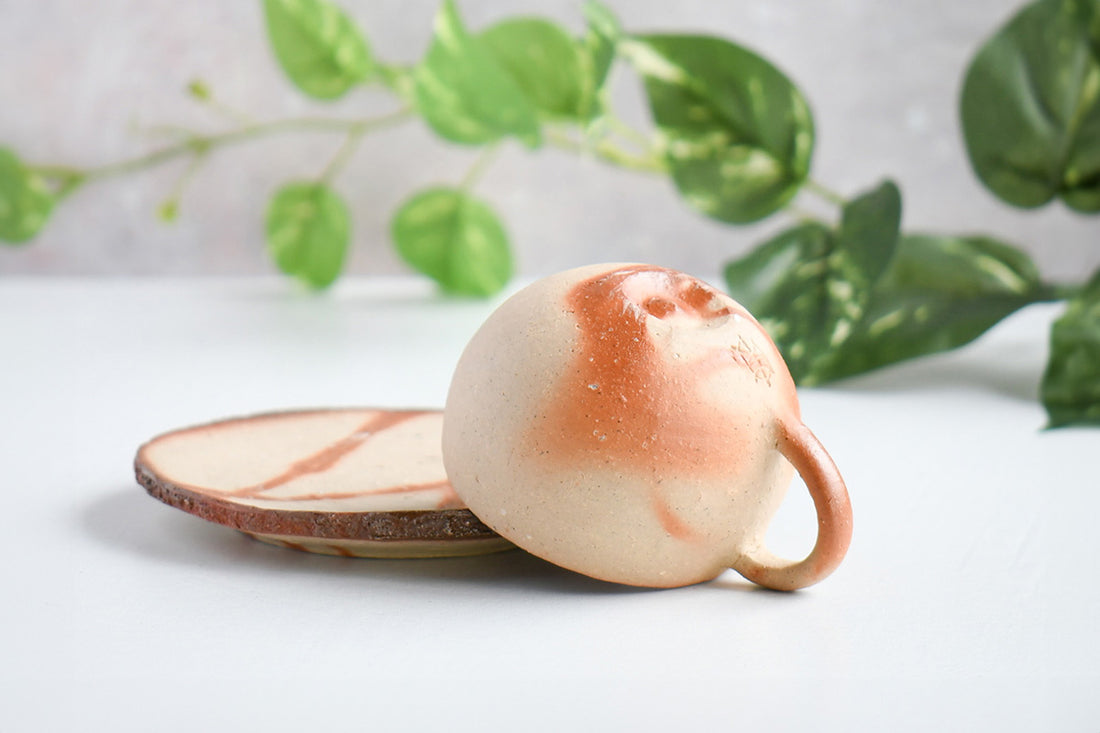
A Guide to Microwave Safety
Share
Welcome to our latest blog post, where we explore the exquisite world of Japanese tableware, its rich traditions, and practical aspects of modern usage, particularly when it comes to microwaving. As enthusiasts and purveyors of these beautiful artifacts, we understand the importance of both preserving their heritage and adapting to contemporary needs. Today, let's delve into the fundamental differences between Japanese earthenware and ceramics, and guide you on how to use them safely in your microwave.
Understanding Earthenware and Ceramics
Japanese tableware is renowned for its diversity and artistic expression, encapsulated in two primary types: earthenware and ceramics. Earthenware, or "donomono" in Japanese, is crafted from clay fired at lower temperatures. This results in a more porous material that often requires a glaze to seal its surface. Earthenware's charm lies in its rustic appearance, offering a myriad of textures and colors.
On the other hand, "touki" refers to the broader category of ceramics, including both stoneware and porcelain, fired at much higher temperatures. This process vitrifies the clay, creating pieces that are denser, less porous, and inherently more durable. Stoneware and porcelain are celebrated for their strength and waterproof qualities, making them ideal for a wide range of uses, from daily dining to decorative art pieces.
Microwave Safety of Japanese Tableware
In the age of convenience, the question of microwave safety is paramount. The ability to use your cherished Japanese tableware in a microwave can significantly enhance its utility. Here are key considerations to ensure the safe microwave use of your Japanese tableware:
-
Metallic Decorations: Regardless of whether your tableware is earthenware or porcelain, any metallic paint or finishes mean it should stay out of the microwave. Metal can spark, posing a risk to both the appliance and the integrity of the piece.
-
Glaze Integrity: A comprehensive glaze not only beautifies the earthenware but also seals its porous surface. Before microwaving, check for any cracks or crazing in the glaze, as these can lead to moisture absorption and potential damage when heated.
-
Temperature Shock: Sudden changes in temperature can be detrimental to ceramics. To avoid thermal shock, avoid transferring tableware directly from the refrigerator to the microwave.
-
Manufacturer’s Guidelines: Modern production techniques have made many Japanese ceramics microwave-safe. However, it's crucial to adhere to the manufacturer's instructions or look for microwave-safe markings on the piece itself.
Earthenware Caution
While many contemporary earthenware pieces are treated to withstand microwave heating, traditional earthenware may be less tolerant due to its higher porosity. Exercise caution and, when in doubt, refrain from microwaving to preserve the beauty and longevity of your tableware.
Embracing Modern Needs
Our collection of Japanese tableware is carefully curated to blend traditional aesthetics with modern practicality. Whether you're a collector or seeking to elevate your dining experience, understanding and respecting the care requirements of your pieces ensures they remain part of your home for years to come.
In conclusion, while the allure of Japanese tableware lies in its history and artistry, its utility in contemporary settings like microwave heating is equally important. By following these guidelines, you can enjoy the beauty and function of your Japanese tableware with peace of mind. Explore our online shop for pieces that bring both tradition and convenience to your table.
